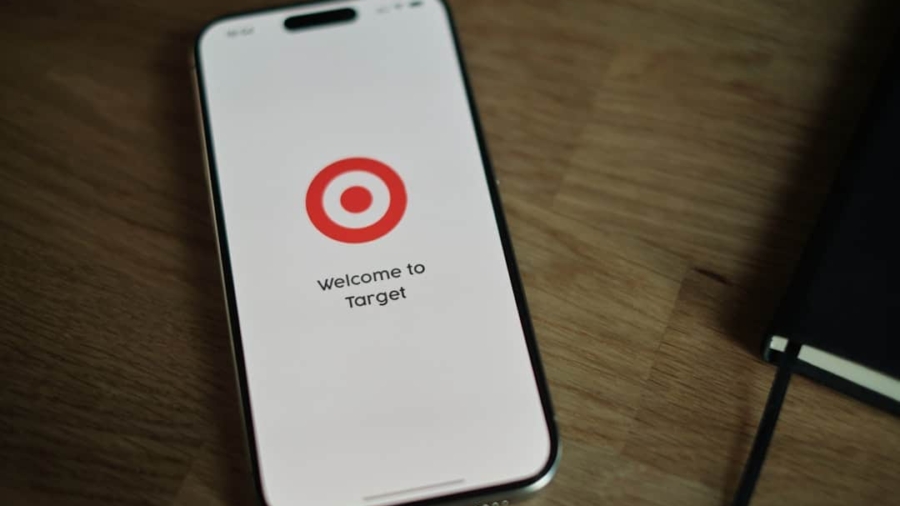Mobile learning, often referred to as m-learning, represents a transformative approach to education that leverages the ubiquity of mobile devices such as smartphones and tablets. This innovative form of learning allows individuals to access educational content anytime and anywhere, breaking the traditional barriers of time and location that have long defined conventional learning environments. With the rapid advancement of technology and the increasing penetration of mobile devices globally, mobile learning has emerged as a vital component of modern education, catering to diverse learning styles and preferences.
The evolution of mobile learning can be traced back to the early 2000s when the first mobile applications for educational purposes began to surface. Since then, the landscape has evolved dramatically, with a plethora of applications and platforms designed to facilitate learning on the go. The integration of multimedia elements such as videos, interactive quizzes, and gamified content has further enriched the learning experience, making it more engaging and effective.
As educational institutions and organizations recognize the potential of mobile learning, they are increasingly incorporating it into their curricula and training programs, paving the way for a more flexible and accessible approach to education.
Key Takeaways
- Mobile learning allows for learning on-the-go, anytime and anywhere, using mobile devices.
- On-the-go learning offers benefits such as flexibility, accessibility, and personalized learning experiences.
- Mobile learning supports skill development through interactive and engaging content, microlearning, and just-in-time learning.
- Examples of mobile learning platforms include apps, mobile-friendly websites, and learning management systems with mobile capabilities.
- Tips for effective mobile learning include setting clear learning objectives, utilizing multimedia content, and ensuring mobile compatibility and accessibility.
The Benefits of On-the-Go Learning
One of the most significant advantages of mobile learning is its inherent flexibility. Learners can engage with educational materials at their convenience, whether they are commuting, waiting in line, or taking a break at work. This flexibility not only accommodates busy schedules but also allows learners to tailor their educational experiences to fit their personal lifestyles.
For instance, a working professional can utilize their lunch break to complete a module on leadership skills or a student can review lecture notes while traveling.
Moreover, mobile learning promotes personalized education.
Many mobile learning platforms utilize algorithms that adapt content based on individual progress and preferences. This means that learners can receive tailored recommendations that align with their specific needs and interests. For example, a language-learning app may suggest vocabulary exercises based on the user’s previous performance, ensuring that they focus on areas that require improvement.
This personalized approach not only enhances engagement but also increases retention rates, as learners are more likely to stay motivated when they see progress in their skills.
How Mobile Learning Supports Skill Development

Mobile learning is particularly effective in supporting skill development across various domains. The immediacy of access to resources allows learners to acquire new skills in real-time, which is especially beneficial in fast-paced industries where knowledge is constantly evolving. For instance, healthcare professionals can use mobile applications to stay updated on the latest medical guidelines or procedures while on the job.
This real-time access ensures that practitioners are equipped with the most current information, ultimately improving patient care and outcomes. Furthermore, mobile learning fosters collaborative skill development through social features embedded in many platforms. Learners can connect with peers or mentors through discussion forums, chat features, or collaborative projects.
This interaction not only enhances understanding through peer-to-peer learning but also builds a sense of community among learners who may be geographically dispersed. For example, a group of aspiring software developers from different parts of the world can collaborate on coding projects using mobile platforms that facilitate real-time communication and feedback. Such collaborative efforts not only enhance technical skills but also cultivate essential soft skills such as teamwork and communication.
Examples of Mobile Learning Platforms
Numerous mobile learning platforms have emerged in recent years, each offering unique features tailored to different learning needs. One prominent example is Duolingo, a language-learning app that gamifies the process of acquiring new languages through bite-sized lessons and interactive exercises. Users can practice vocabulary, grammar, and pronunciation at their own pace while earning rewards for completing tasks.
The app’s engaging interface and adaptive learning algorithms make it an excellent tool for both beginners and advanced learners. Another noteworthy platform is Coursera, which partners with universities and organizations to provide online courses across various subjects. The Coursera app allows users to download course materials for offline access, enabling learners to study without an internet connection.
This feature is particularly advantageous for individuals in areas with limited connectivity or those who prefer to learn during commutes. Additionally, platforms like Khan Academy offer a wealth of resources in subjects ranging from mathematics to science, providing learners with video tutorials and practice exercises that can be accessed anytime.
Tips for Effective Mobile Learning
To maximize the benefits of mobile learning, learners should adopt specific strategies that enhance their experience. First and foremost, setting clear goals is essential. By defining what they aim to achieve through mobile learning—whether it’s mastering a new skill or completing a course—learners can maintain focus and motivation throughout their educational journey.
For instance, a professional seeking to improve their public speaking skills might set a goal to complete a specific number of practice sessions each week using a mobile app designed for this purpose. Additionally, creating a conducive learning environment is crucial for effective mobile learning. While the flexibility of m-learning allows for studying in various locations, it’s important for learners to find spaces that minimize distractions and promote concentration.
This could mean designating a quiet corner at home or utilizing noise-canceling headphones in public spaces. Furthermore, incorporating regular breaks into study sessions can enhance retention and prevent burnout. Techniques such as the Pomodoro Technique—where learners study for 25 minutes followed by a 5-minute break—can be particularly effective in maintaining focus during mobile learning sessions.
Challenges and Solutions for On-the-Go Learning

Despite its numerous advantages, mobile learning is not without challenges. One significant issue is the potential for distractions inherent in mobile devices. Notifications from social media apps or messages can easily divert attention away from educational content, leading to fragmented learning experiences.
To combat this challenge, learners can utilize features such as “Do Not Disturb” mode during study sessions or designate specific times for checking notifications outside of their learning periods. Another challenge is the variability in internet connectivity, which can hinder access to online resources. In regions where reliable internet service is lacking, learners may struggle to engage with content effectively.
By taking advantage of these features, learners can ensure uninterrupted access to educational resources regardless of their internet situation.
The Future of Mobile Learning
The future of mobile learning appears promising as technology continues to advance at an unprecedented pace. One emerging trend is the integration of artificial intelligence (AI) into mobile learning platforms. AI can analyze user behavior and preferences to provide personalized recommendations and adaptive learning paths tailored to individual needs.
This level of customization has the potential to revolutionize how learners engage with content, making education more relevant and effective. Additionally, augmented reality (AR) and virtual reality (VR) technologies are beginning to find their place within mobile learning environments. These immersive technologies can create engaging simulations that enhance understanding through experiential learning.
For example, medical students could use AR applications to visualize complex anatomical structures or practice surgical techniques in a safe virtual environment before applying their skills in real-life scenarios. As these technologies become more accessible and affordable, they are likely to play an increasingly significant role in shaping the future landscape of mobile education.
Embracing Mobile Learning for Skill Development
Mobile learning represents a paradigm shift in how education is delivered and consumed in today’s fast-paced world. Its flexibility and accessibility empower learners to take control of their educational journeys while accommodating diverse lifestyles and preferences. As technology continues to evolve, so too will the opportunities for skill development through mobile platforms.
By embracing this innovative approach to education, individuals can unlock new pathways for personal and professional growth in an increasingly interconnected world.
A related article to “How Mobile Learning Is Supporting Skill Development On-the-Go” is “Unlock a New World of Possibilities with the Samsung Galaxy Chromebook.” This article discusses the benefits of using a high-quality Chromebook for mobile learning and skill development. With the Samsung Galaxy Chromebook, users can access a wide range of educational resources and tools to enhance their learning experience. By incorporating this powerful device into their mobile learning routine, individuals can take their skill development to the next level. Check out the article here.
FAQs
What is mobile learning?
Mobile learning, also known as m-learning, refers to the use of mobile devices such as smartphones and tablets to access educational content and resources. It allows learners to engage in learning activities on-the-go, at their own convenience.
How does mobile learning support skill development?
Mobile learning supports skill development by providing access to educational resources and training materials anytime, anywhere. Learners can engage in interactive activities, watch instructional videos, and participate in online courses to develop and enhance their skills.
What are the benefits of mobile learning for skill development?
Some benefits of mobile learning for skill development include flexibility, convenience, and accessibility. Learners can access learning materials at their own pace and schedule, allowing them to fit learning into their busy lives. Additionally, mobile learning often utilizes interactive and engaging content, which can enhance the learning experience.
What types of skills can be developed through mobile learning?
Mobile learning can support the development of a wide range of skills, including technical skills, soft skills, language skills, and professional development skills. It can be used for learning new technologies, improving communication skills, language learning, and staying updated with industry trends.
Are there any limitations to mobile learning for skill development?
Some limitations of mobile learning for skill development include potential limitations in internet connectivity, screen size, and device compatibility. Additionally, some complex skills may require hands-on training that is not easily replicable through mobile learning.

